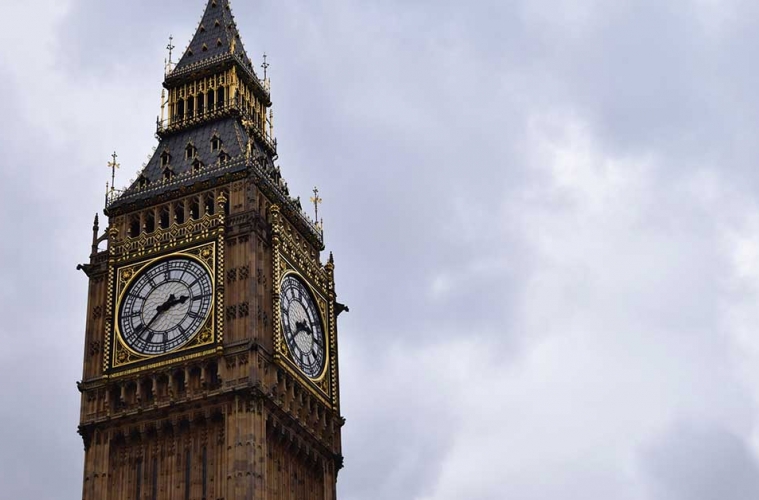Good morning,
GBP: Waiting on the votes
It is 60 days until the Article 50 deadline – March 29th – as it currently stands, but tomorrow’s round of parliamentary votes has the power to extend this for a proposed nine months. Between now and then sterling will move mainly on the likely voting record on the amendments that could be called by the Speaker tomorrow.
The pound opened higher overnight following a report by The Sun newspaper that Theresa May wouldn’t take the UK out of the European Union without a deal, although that sterling strength has dissipated as the Asian session has gone on. Leaving with a deal means either politicians voting for her deal as it currently stands (unlikely), or her deal changing in a material way on either the backstop or one of the PM’s red lines on immigration.
If any of this is going to happen, we doubt it is going to happen with 60 days left to go. As we saw throughout the European debt crisis and the subsequent political remedies, nothing happens in good time. Instead, we think that everything will be left to the last minute. While this January may feel like the longest January in a while, the Brexit turmoil isn’t going anywhere anytime soon.
Confused on Brexit? We will be running through the options and expectations of these votes and the impact on sterling in our next Brexit webinar tomorrow afternoon at 2pm. Attendance is free and the presentation will be recorded for those unable to make the 2pm start time. Just register here.
USD: Shutdown over for now
The US government is open once again, for now. A temporary end to the shutdown was signed by President Trump on Friday allowing Federal workers to return to their places of work and be paid the wages that they are owed.
It wouldn’t be a Trump statement without a warning that he could pull the plug once again and the next deadline for government funding is February 15th. Similarly, even if Trump calms down in the short term, the government must pass a Budget in September which could lead to another face-off over funding for a border wall.
The conclusion of the shutdown is a positive for risk-centric currencies – emerging market, commodity and trade focused currencies – however, volatility is likely to increase as data releases that were not put out during the shutdown are made public. We would expect a calendar of what is due sometime this week.
The Federal Reserve is not going to raise interest rates this Wednesday and once again the tone of the comments around the US economy will govern the USD’s movement this week; we can expect the commentary to remain unsure as to just how the US economy has entered 2019.
AUD: An interesting week
It’s going to be an interesting week for the Australian dollar and the currency has started the week on the front foot. Once again, the majority of this move is coming on the heels of additional Chinese stimulus over the weekend. That said, Wednesday’s inflation release is the key data point for the currency this week and could easily decline by more than is currently expected, putting pressure on the AUD and the prevailing market belief that the next move from the Reserve Bank of Australia is to hike interest rates and not cut them.
Similarly, if Chinese manufacturing sentiment on Thursday morning is shown to have slowed on additional trade pressures and the run-in to the Chinese New Year then the AUD will be loving to move lower as well.
Have a great day.


